KTM Engines – Top Speed and Mileage
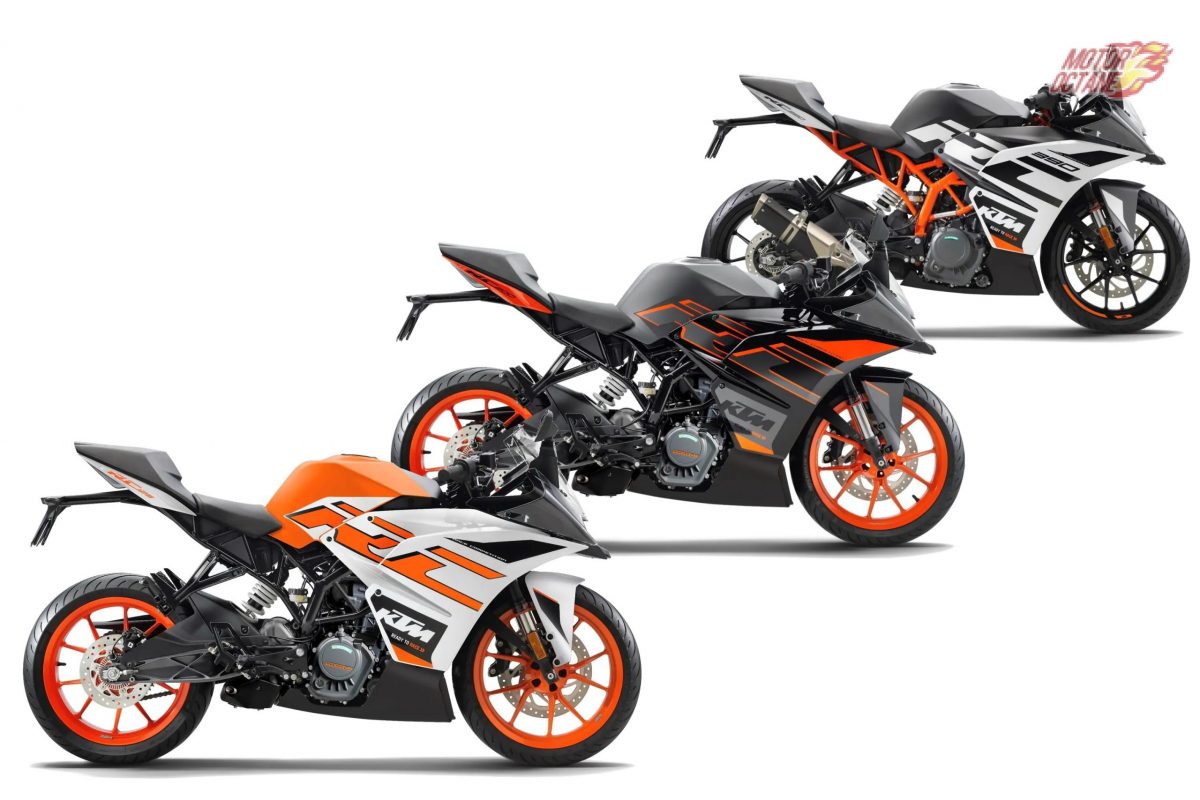
KTM motorcycles have currently gained the title to have the best power to weight ratio in the segment. The engines on the KTM machines are the most powerful units in the segment. Internationally, KTM has several engines in their portfolio but we will be specifically looking at the KTM India’s portfolio. Currently, the manufacturer has five engines in total. Let’s see what technical specifications these engines do offer.
KTM 125
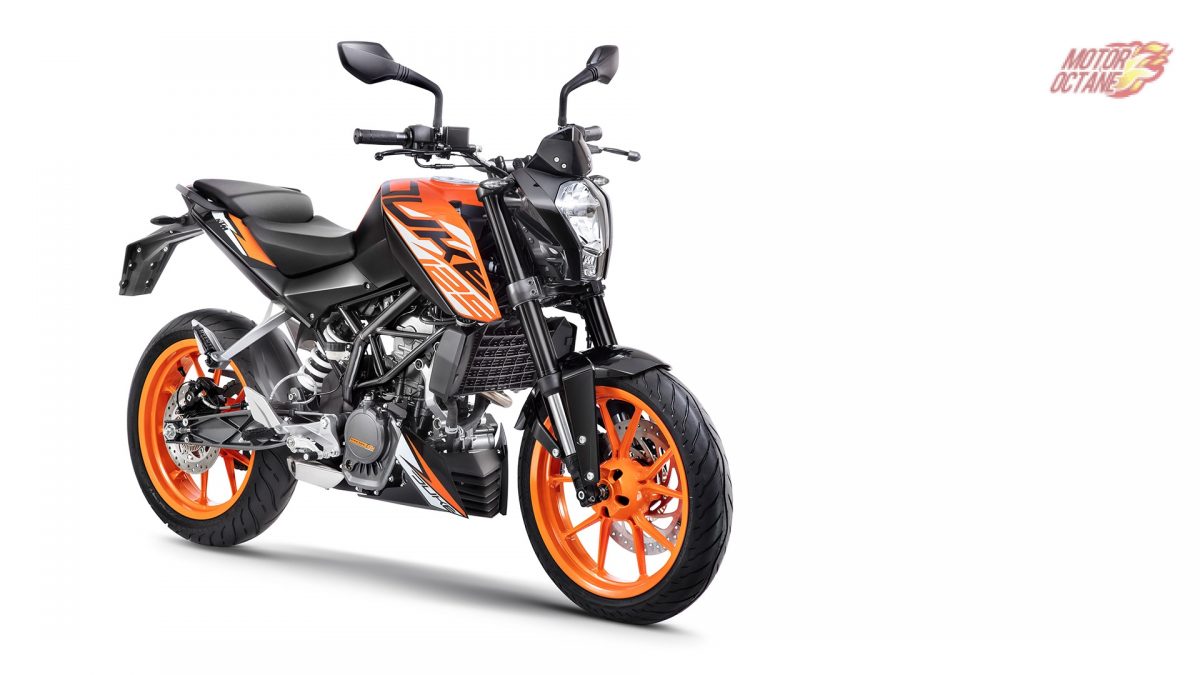
The 125 cc engine is the smallest and least powerful engine in the entire KTM portfolio. The engine is a 124.71 cc single-cylinder, fuel-injected, liquid-cooled unit. It produces around 14.5 bhp max power and 12 Nm of peak torque. The engine is mated with the six-speed gearbox. When compared to other 125 cc motorcycles it has a significant bump in power.
The power output is somewhat similar to the 150-160 cc air-cooled motorcycles available in the country, which is quite astonishing. This being a 125 cc engine still has the capacity to reach 120 km/h but at that point the engine feels very stressed. This is one of the highest mileage KTM engines giving almost 46.92 km/l.
Also read: KTM RC 200 vs Yamaha R15 – Pocket Rockets?
KTM 200
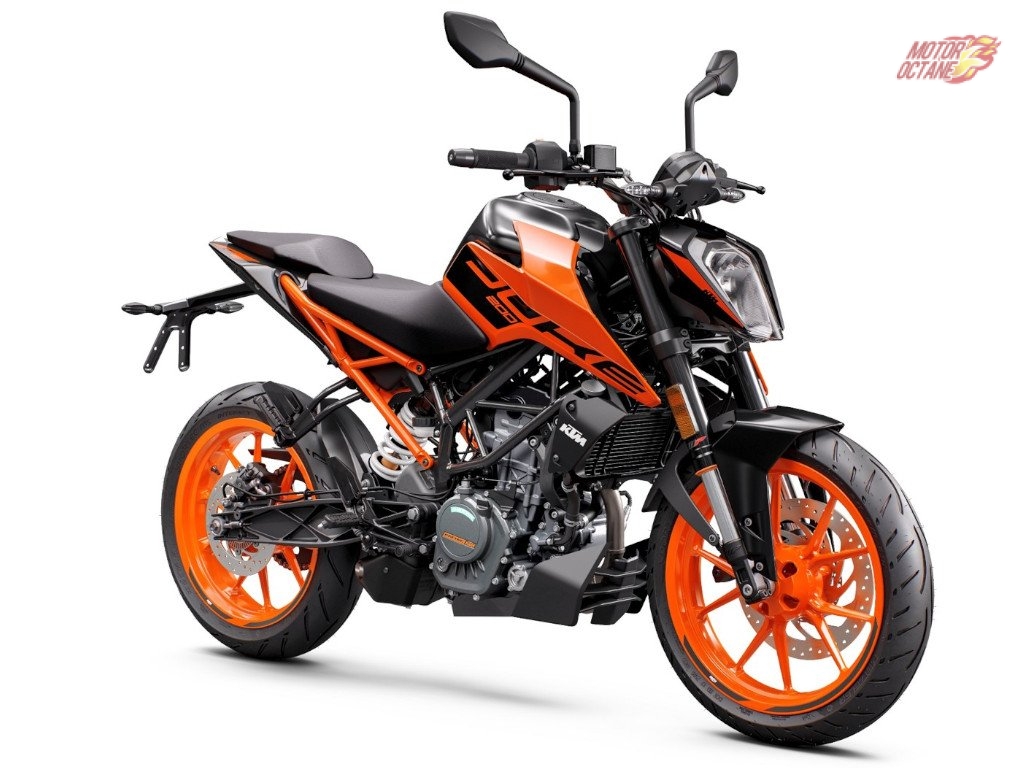
The 200 cc engine of KTM is the most favourite engine among the Indians, the sales prove it. The engine is a 200 cc single-cylinder, fuel-injected, liquid-cooled unit. It churns out nearly 25.1 bhp max power and 19.5 Nm of peak torque. The engine is the most powerful engine in the entire 200 cc segment.
The same engine is shared with the Bajaj Pulsar RS200 but on a different level of tune. Of all the KTM engines this gives a mileage of 35 km/l.
The top speed on this bike is 138 km/h.
KTM 250
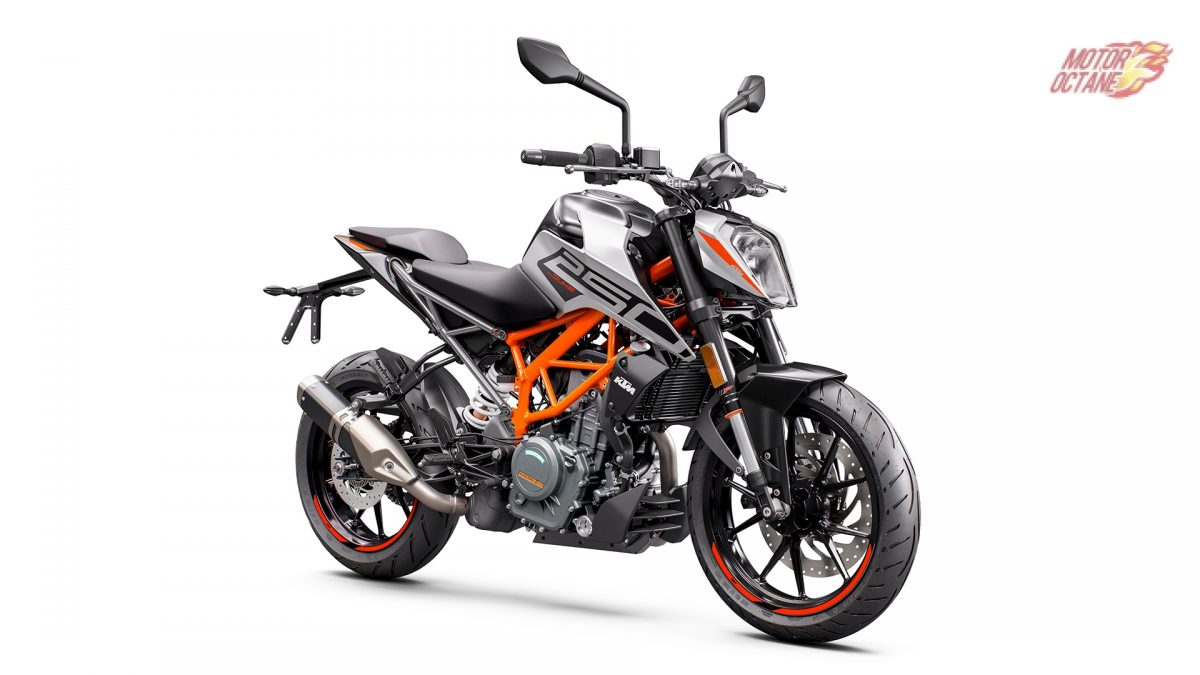
The 250 cc segment has seen a boost due to the arrivals of many new bikes. However, the 250 cc engine from KTM is still the most powerful engine and there’s still a lot of time to have any serious competitor for the engine. The engine produces around 30 bhp max power and 24 Nm of peak torque. The engine is a fuel-injected, single-cylinder, liquid-cooled unit. It comes with slipper clutch. The engine is currently shared with KTM 250 Duke, KTM RC 250, Bajaj Dominar 250 and Husqvarna 250 twins. This is one of the most extensively shared among the KTM engines. This is because it gives a perfect balance of power and mileage. The top speed of the bike is 142 km/h and it claims a mileage of 35.66 km/l.
Also read: KTM 250 Adventure – Will it ever come?
KTM 390
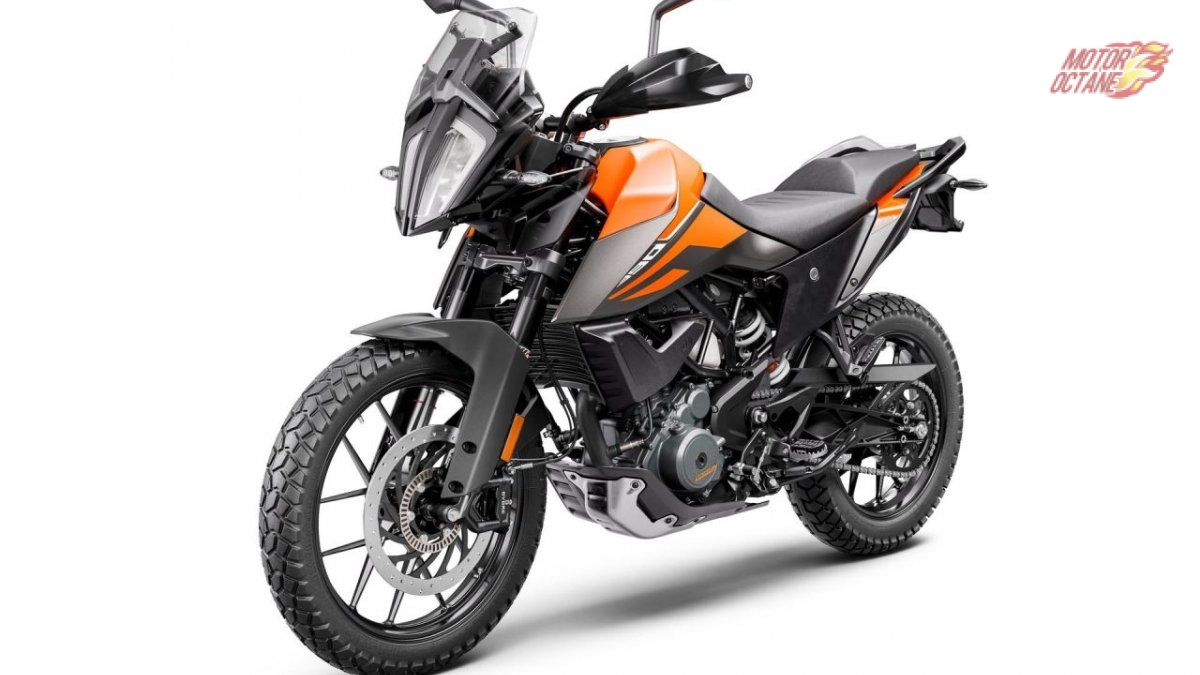
Buying a KTM 390 bike is the dream of most of the college-goers. The engine is a 373 cc single-cylinder, fuel-injected liquid-cooled engine that churns out marvellous 42.3 bhp max power and 37 Nm of peak torque. The engine is considered as the most powerful engine in the sub 400 cc category. Currently, this engine comes with the slipper clutch and quick shifters. This engine is currently shared with KTM 390 Duke, RC 390, 390 Adventure and Bajaj Dominar 400 (different tune). This gives a mileage of 34 km/l and the top speed of the bike is at 167 km/h.
KTM 790
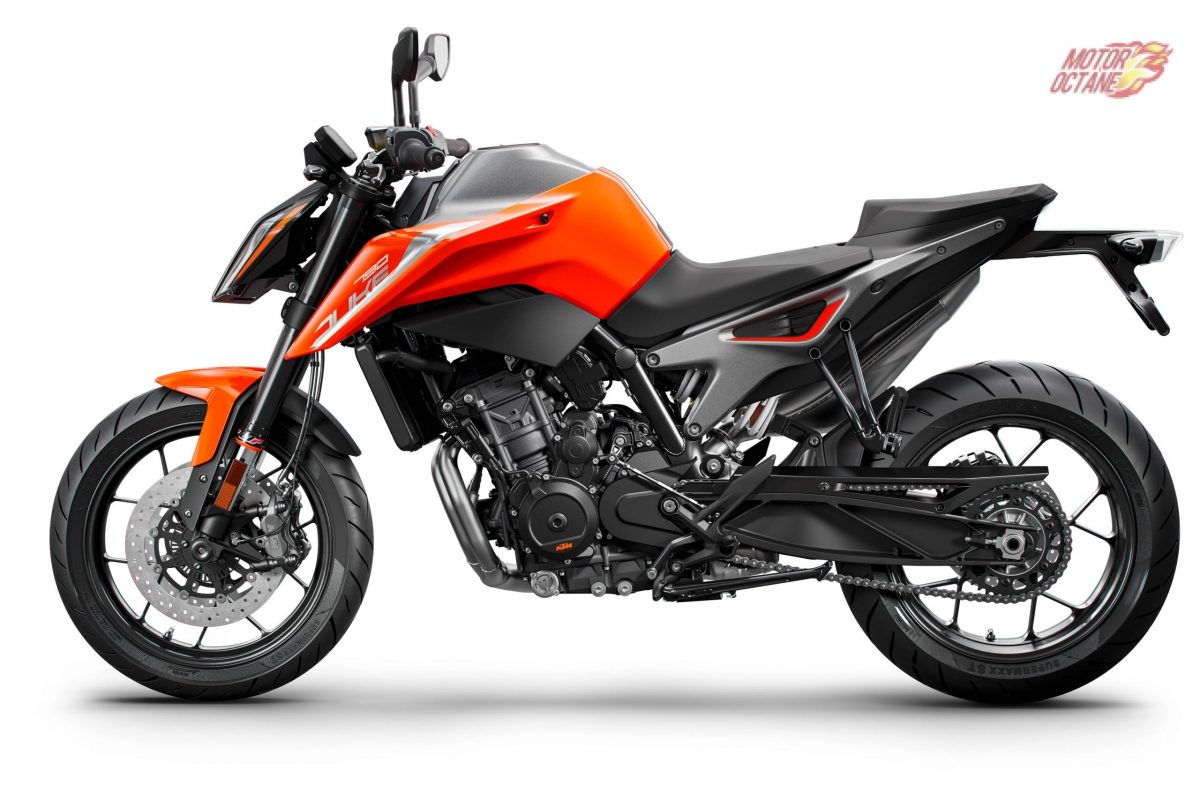
The KTM 790 is the new lineup from the manufacturer. Its the most powerful segment from the KTM currently available in India. The engine is a 799 cc single-cylinder, fuel-injected, liquid-cooled unit. It churns around 101.8 bhp max power and 87 Nm of peak torque. The engine comes with various sensors and mechanical technologies. The engine is currently available on the KTM 790 Duke and in near future, it will be also shared with KTM RC 790. This is one of the most powerful among all KTM engines. It has the top speed of 220 km/h and the mileage of this bike is 22.7 Km/l. All the mileage figure are ARAI mileage figures and these might vary upon driving styles. Looking at the above power figures of the engines, it seems that KTM has somehow founded the trick to manufacture the segment-leading powerful engines.

In the early 70’s Triumph had winning bikes on the AMA Flat track series ever since British bikes were reduced to 500cc twins. When the rules were changed to 750cc overhead cams etc. Triumph came out with a shorter stroke, large piston model that made Triumphs very fast for a year or so. They showed up at races and won, going away.